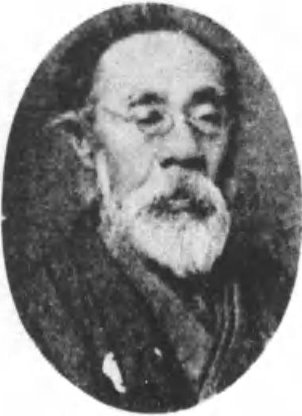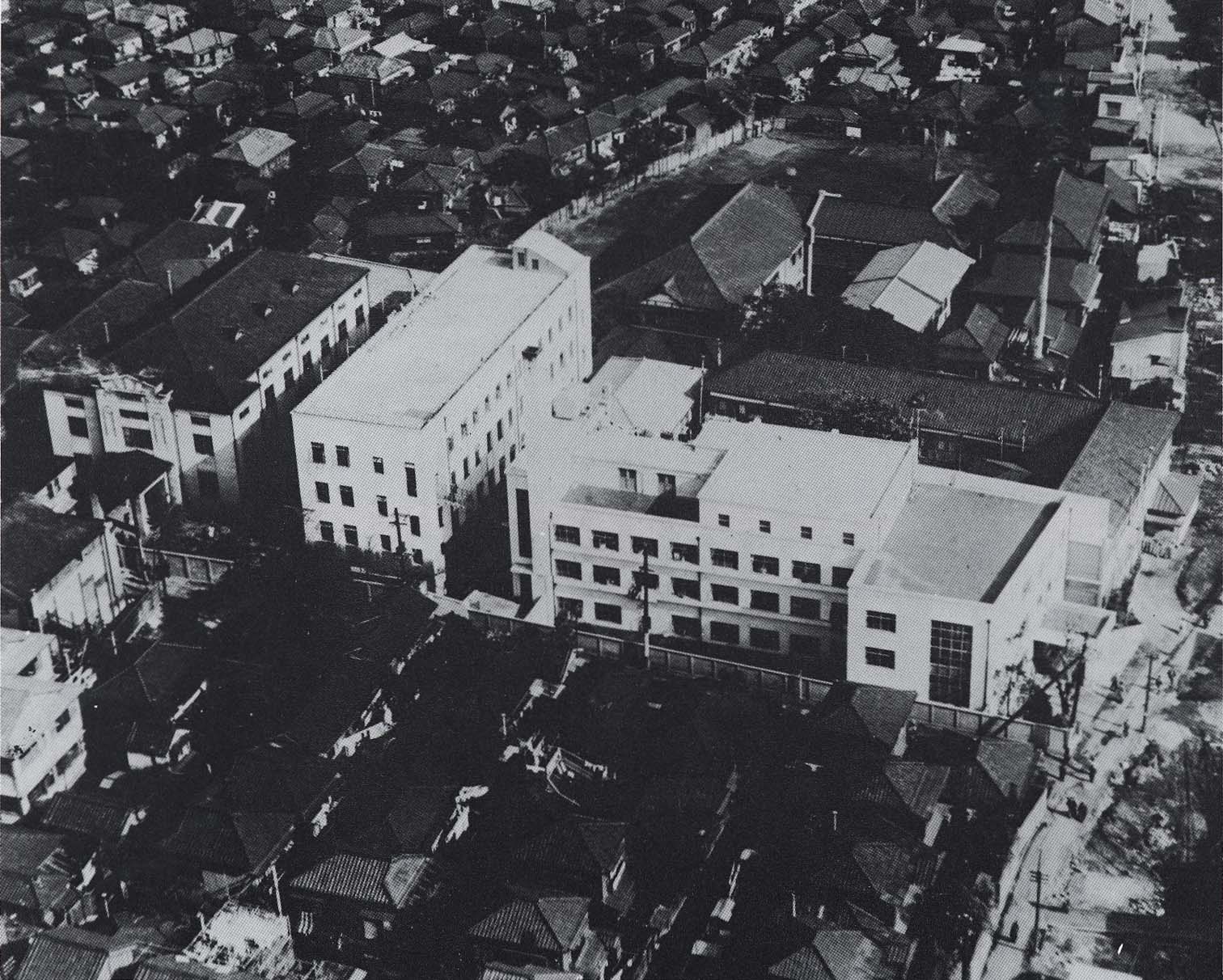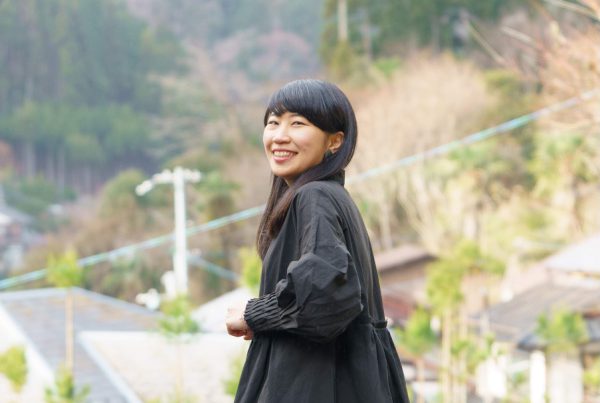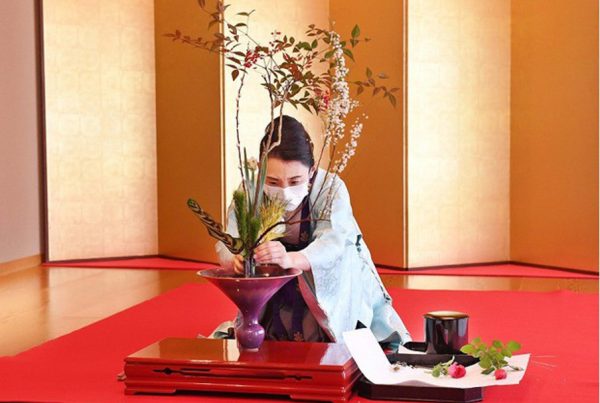Good health is one of the most important factors influencing and sustaining the economic and social development of any country. Japan, the third largest economy in the world and recognized as the country where humans live the longest spends about 11% of its GDP on healthcare.
To look back on a brief history of the Japanese medical and welfare system, I reached out to Yasutaka Yumoto, a researcher and history enthusiast from Nagaoka City, Niigata Prefecture, Japan.
Tai Hasegawa was a Japanese physician and educator during the Meiji era.
“The story begins with Tai Hasegawa, a man born in 1842 to a family of Chinese medical doctor in Fukui Village, Nagaoka City.”
“During his teens, at the age of 14, he entered a chozenkan private school where he learned the spirit of charity (known as seyoku) usually demonstrated at ryokan (traditional Japanese inns). Back then, it was common for temples to be built with bath halls to allow the common people to take free baths.”
“After that, he learned Dutch and English with Udono Danjiro, a Western scholar who lived in Nagaoka and in 1862, towards the end of the Tokugawa shogunate, he entered Juntendo University (Sakura campus in Tokyo) to study Western medicine for five years.”
Sakura Campus of Juntendo University (established in 1838) where Hasegawa studied. Image Source: Chiba Convention Bureau
“When the Boshin War also known as the Japanese Revolution (a civil war fought by parties that favor the rule of the Tokugawa shogunate and those who wanted to return the political power to the Imperial Court) broke out from 1868 to 1869, Tai Hasegawa served as the clan doctor of the Nagaoka domain and became responsible in taking care of Kawai Tsugunosuke, a Japanese samurai who also served as the senior military commander of the Nagaoka forces during the war.”
“When the war ended in 1869, at the recommendation of Juntendo’s second principal (Sato Takanaka), Tai Hasegawa became involved in founding the University of Tokyo. Soon after, he became the principal of the Tokyo Medical School.”
“But because of his political beliefs, Hasegawa continued to speak and act rebelliously against the Meiji oligarchy government. As a result, the school was relegated and eventually closed. In 1874, he moved to Nagasaki to serve as principal of the Nagasaki Medical School.”
“In 1875, the ordinance of the first medical practice examination was promulgated in Japan. Those who wanted to become medical doctors needed to take and pass this exam in order to receive a medical doctor’s license.”
“As a response, a year later, Hasegawa established the Saisei Gakusha, a cram school to help students pass the medical practice examination. There is no entrance examination or graduation examination at this medical school, and anyone can enter if they pay the entrance fee and tuition.”
“As a result, a large number of students rushed in. Among the school’s distinguished graduates include Dr. Hideyo Noguchi, a Japanese bacteriologist who discovered the agent of syphilis as the cause of progressive paralytic disease. Dr. Noguchi is also recognized as the first scientist whose portrait was printed on a Japanese bank note in 2004.”
“Another important alumna of the school was Dr. Yayoi Yoshioka, who founded the Tokyo Women’s Medical University in 1900, recognized as the first medical school for women in Japan.”
Japanese 1000 Yen Bill where Hideyo Noguchi is featured. Image Source: Wikipedia
Political Career
“After establishing Saisei Gakusha, Tai Hasegawa also entered politics and got elected as a member of the 1st House of Representatives in 1890. As a legislator, he submitted a proposal establish a new Imperial University in Kansai to encourage the existing Imperial University in Tokyo to compete and promote the development of fresh scholarship. This legislation led to the establishment of Kyoto University in 1897.”
“Hasegawa got elected for three terms and among the other legislations he put forward include the establishment of the Institute of Medical Science, a private hygiene association, in collaboration with Shibasaburo Kitasato and Yukichi Fukuzawa, and the Sewerage Act focused on improving the sanitary environment of the whole society.”
“Towards the latter part of his career, he served as Director of Health at the Ministry of Home Affairs.”
“Hasegawa’s foray into politics wasn’t without any controversy. Among the recurring discussions that he had against other parties include Saisei Gakusha’s free and liberal training which embraces western medicine positively. Furthermore, other contentious bills and the abolition of the medical practice examination eventually forced the school to close down.”
Saisei Gakusha: By the Numbers
“By the time it ceased operations 27 years later in 1903, the cram school had enrolled 21,494 students and produced 9,628 (44.5) medical examination passers (a passing rate of 44.5%). Interestingly enough, the number of practicing doctors in Japan at that time was 14,833 which means that more than half of them were from Saisei Gakusha, a testament as to how the school helped progress the medical practice in Japan.”














